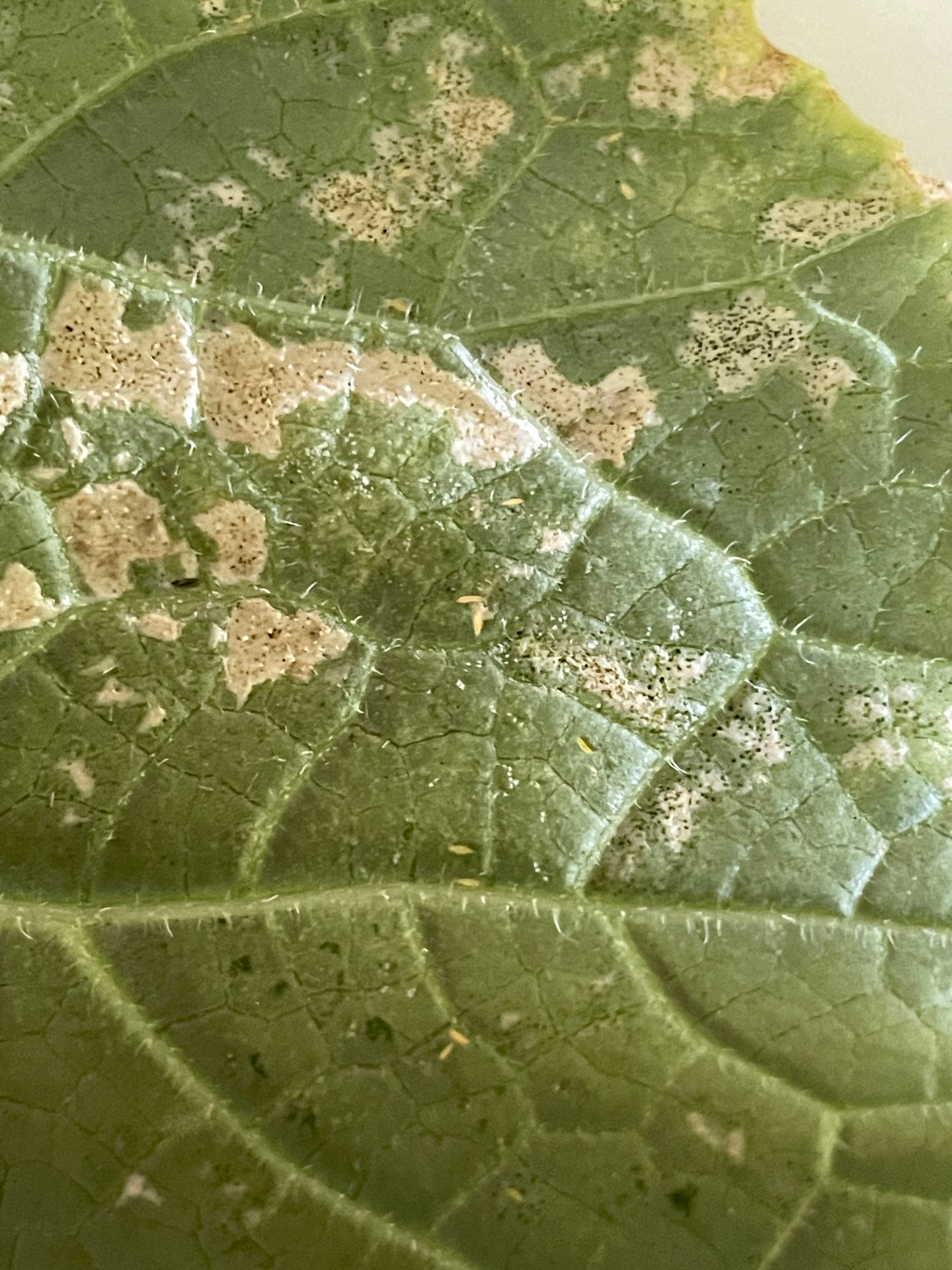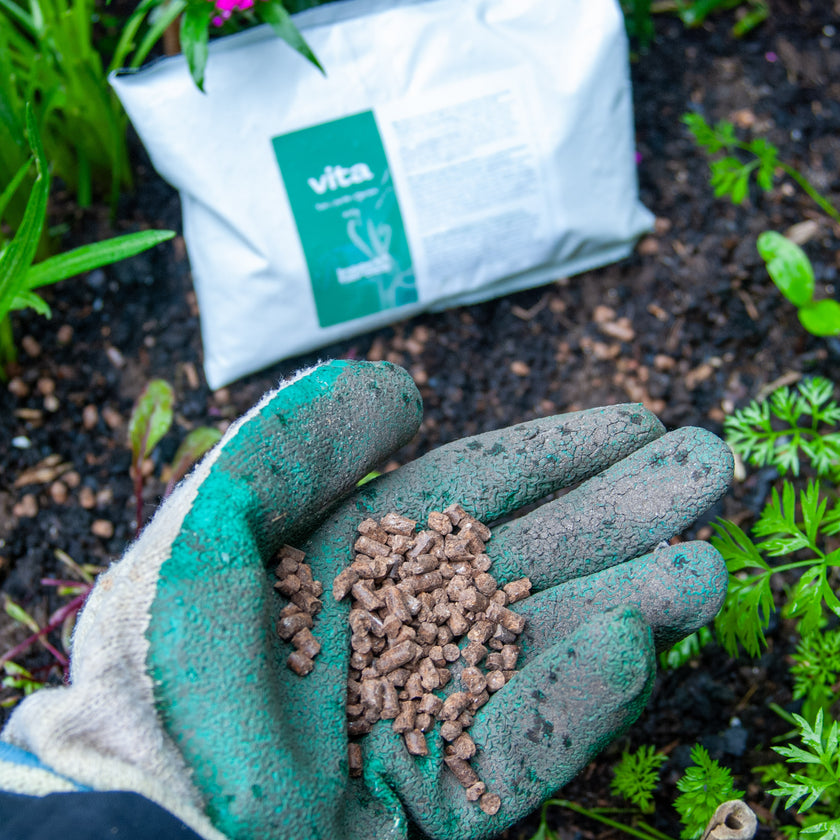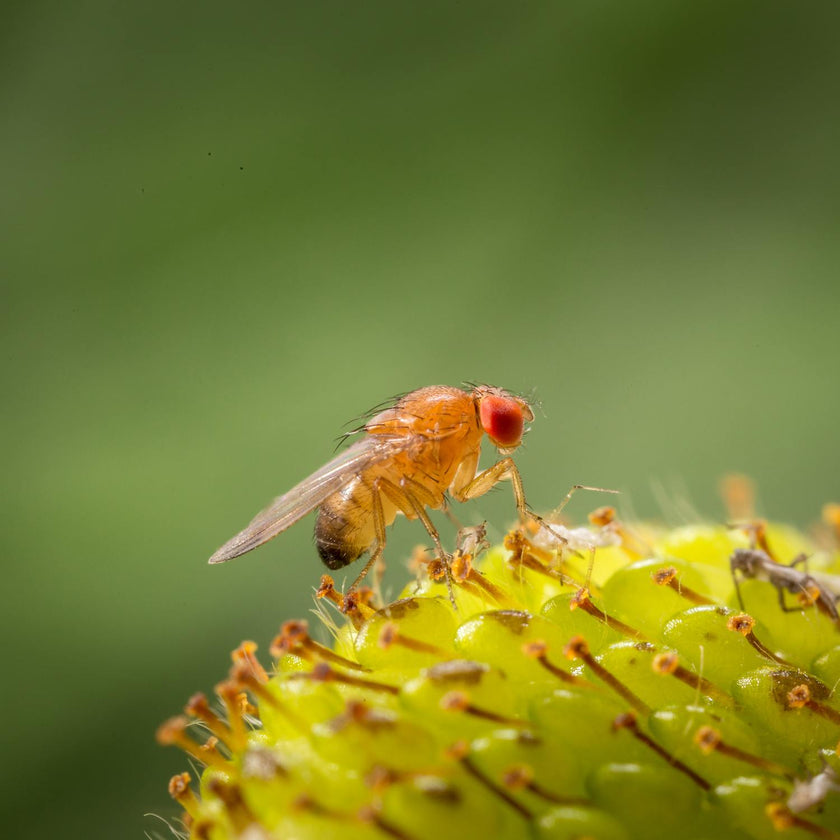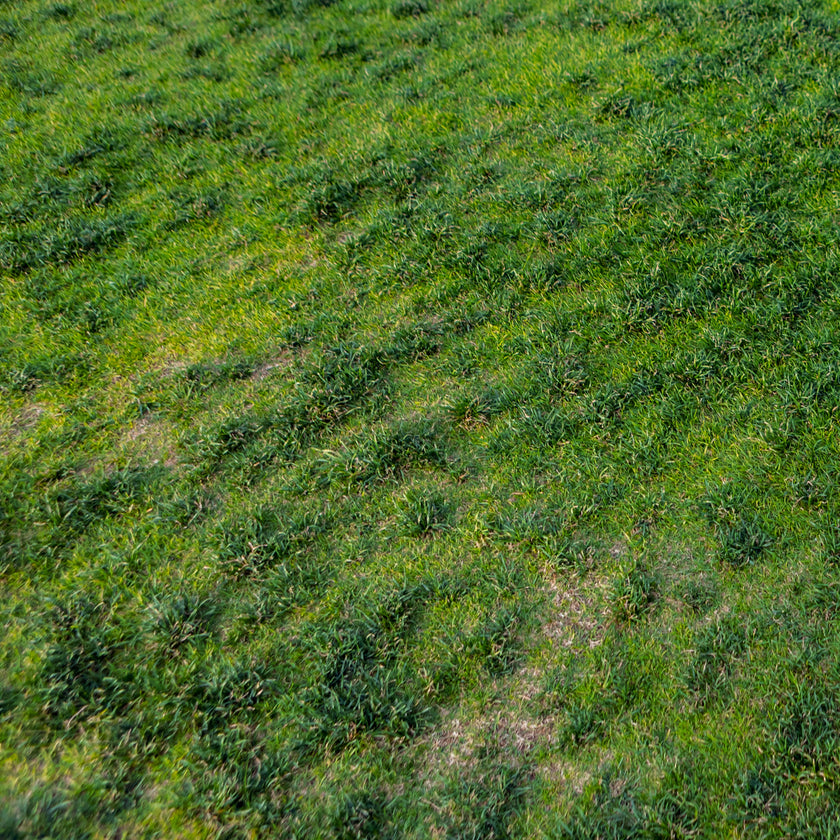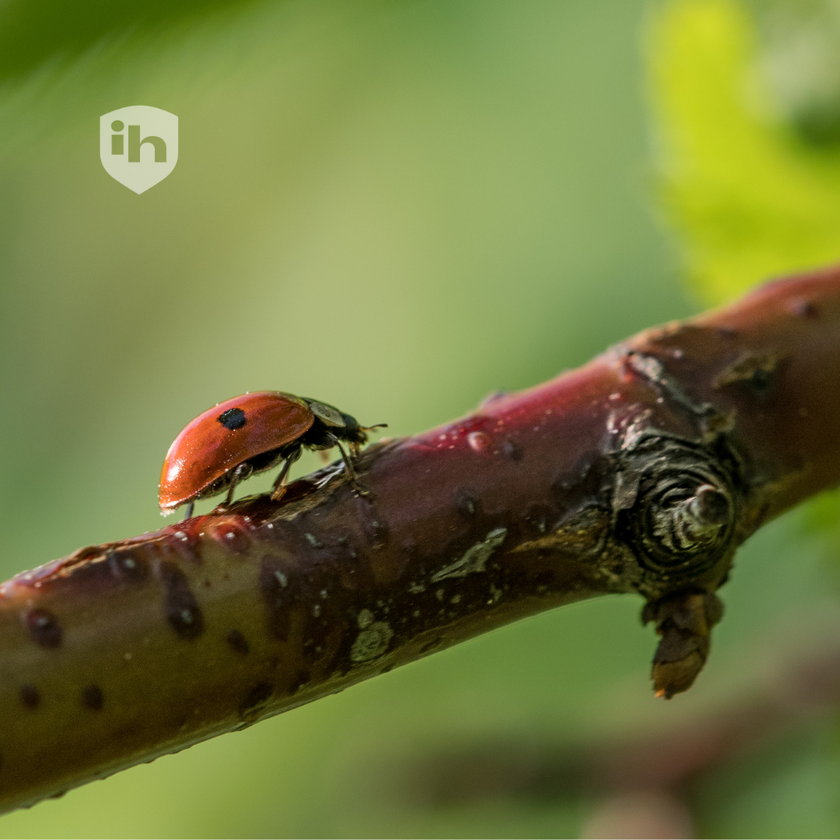Various thrips species pose a major problem in living rooms, vegetable gardens or greenhouses. More than 6,000 species of thrips are known. Most are harmless, some are predators and fewer than 20 species cause damage to your plants. In this blog you can read about three thrips species that are a nightmare for many plant lovers.
What are thrips?
Thrips are small insects (0.5-14mm). The largest species occur in the tropics. In temperate areas such as the Netherlands they are often no larger than 2.5 mm. The thrips species that cause damage all belong to one family, namely the Thripidae family. Shall we introduce the family?California thrips
- The most harmful thrips species worldwide.
- Highly polygamous ( Organisms that eat multiple species of other organisms )
- Attacks leaves, fruits and flowers. Can also transmit viruses
 .
.
The California thrips can be found on many different plant species. This species is mainly active on the upper part of the plant. In plants with relatively soft leaves, such as gerbera and chrysanthemum, thrips are found on both the top and bottom of the leaves. In plants with a hard leaf surface, such as roses and orchids, thrips prefer the growing points. As soon as flower buds are present, the thrips move there. In the early morning hours it becomes active and then leaves its hiding place.
Tobacco strips
- Very common species of thrips worldwide
- Mainly affects leaves
The tobacco strips can be found on all parts of the plant. They are mainly found on the underside of young leaves at the top of the plant, but also occur on shoots and flowers.

Echinothrips
- Lives exclusively on leaves
- Pupation takes place on the underside of the leaf
- Mainly occurs on lower plant parts
In full swing, the Echinotrips enters the green of the Dutch. While he was first mainly active in North America, he can now also be found in Europe.

Echinothrips prefers the underside of the leaves. It mainly sticks along the veins of the leaf and is not very mobile. As the population grows, the insect spreads over the entire leaf. Infestation always starts very low in the plant. Accurate plant inspection is important as this type of thrips cannot fly well and is therefore almost never found on trapping cards. Echinothrips are often only noticed when the population is already so high.
Fight thrips naturally
You can combat thrips in a preventive & biological manner with the Heroes from Insect Heroes. The Jungle Deal and the Optimized Combo deal ensure that your plants are armed down to the roots in the fight against thrips!






























